Does you dog have hairy teeth? Find out what to do.
A strange problem that veterinarians occasionally encounter while doing oral exams on dogs is a condition known as subgingival hair.
The typical patient has a short, coarse coat (think Labrador Retriever, Beagle, or Bulldog), and the hairs are usually poking up from the gums around the canines, incisors, or the hard palate (the bony plate in the roof of the mouth).
Most dogs with subgingival hair are suffering from an inflammatory skin condition such as atopy (allergic disease), demodicosis (a form of mange), or flea allergy dermatitis.
Subgingival Hair Can Lead to Periodontal Disease
So now that you know the hair in your dog’s mouth comes from her own coat, you can relax, right? Wrong!Even though subgingival hair is composed of your dog’s own cells and seems innocent enough, it’s likely her mouth will wage war against it. The hair is seen as a foreign invader by the gums, which will mount an immune response that results in inflammation.
How bad the situation gets depends on a variety of factors. Some dogs have little to no response to subgingival hair, while others have the potential to develop a serious gum infection, receding gums, fissures (splits in the gum), and bone loss.
Bottom line – large amounts of hair anywhere on your dog other than her coat can create problems, so if she has hair in her mouth, it needs to be removed by your veterinarian as soon as possible to prevent periodontal disease.
Getting to the Root of Your Dog’s Hairy Teeth
If subgingival hair appears to be the only issue in your dog’s mouth, your veterinarian may be able to remove it right in the exam room using a cotton-tipped applicator. However, if the area is inflamed or bleeding, a more thorough oral examination may be required while your dog is anesthetized.Just as important as removing the subgingival hair is identifying and resolving the underlying cause for your dog’s obsessive licking. It’s important to get the licking under control or he’ll continue to get hair stuck in his gums.
There’s an Epidemic of Periodontal Disease in Pets
Periodontal or gum disease is an inflammation of some or all of a tooth’s deep supporting structures. Unfortunately, estimates suggest that around 80 percent of dogs three years of age or older have periodontal disease.Left unaddressed, the plaque will soon harden to tartar that sticks to your dog’s teeth. A buildup of tartar will irritate the gums, causing them to become inflamed. This is the condition known as gingivitis. The inflammation causes your dog’s gums to turn from healthy pink to angry red.
Signs to Watch For:
Bad breath
Red, inflamed, bleeding gums
Drooling
Loose teeth, tooth loss
Difficulty chewing
Loss of appetite
Mouth sensitivity
Digestive issues
Pawing at the mouth
Irritable or depressed mood
If you suspect your canine companion has gum disease, make an appointment with your veterinarian as soon as possible. If disease is present, you and your vet will need to take immediate steps to arrest the problem at the earliest stage possible.
So, did you check your pooch's mouth? If he has hairy teeth then you need to make sure his health is in check. Take him to the vet for a better examination. Your doggy will thank you!
For more information on hairy dog teeth, visit Healthy Pets.
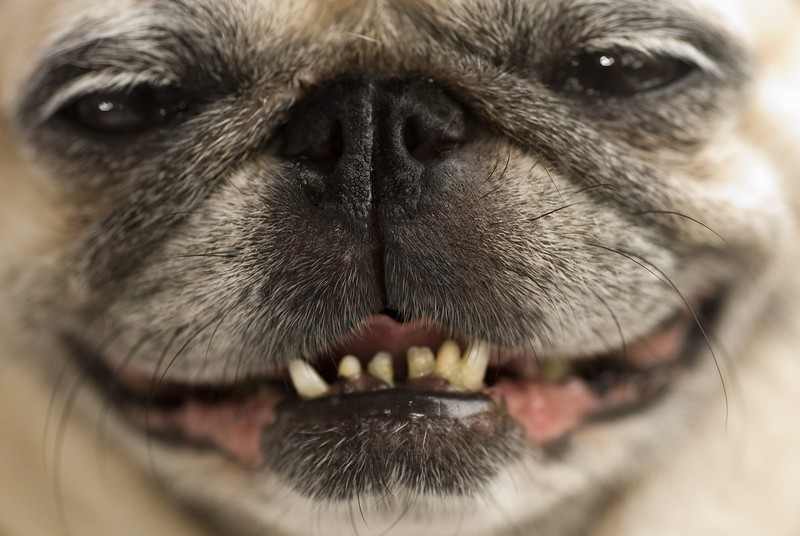

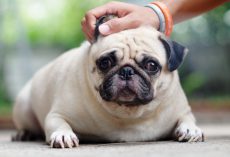



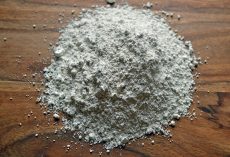
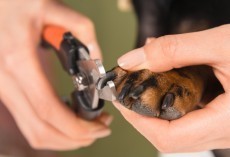
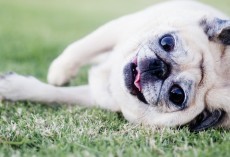

Megan Zeier
- Edit
Haha Bram Zeier 🙂
Tracy Strong
- Edit
Look Paige Strong. You always said Ozzies teeth were hairy
Paige Strong
- Edit
I wasn’t crazy!
Kate Hollinshead
- Edit
Jessica Hollinshead
Betty Kowalski
- Edit
Hairy teeth???